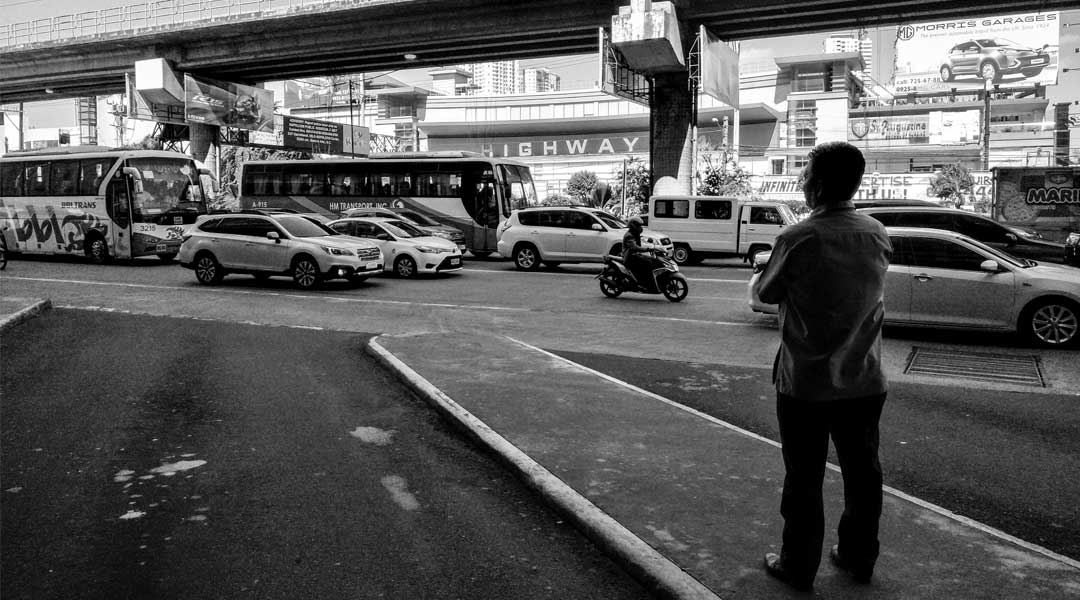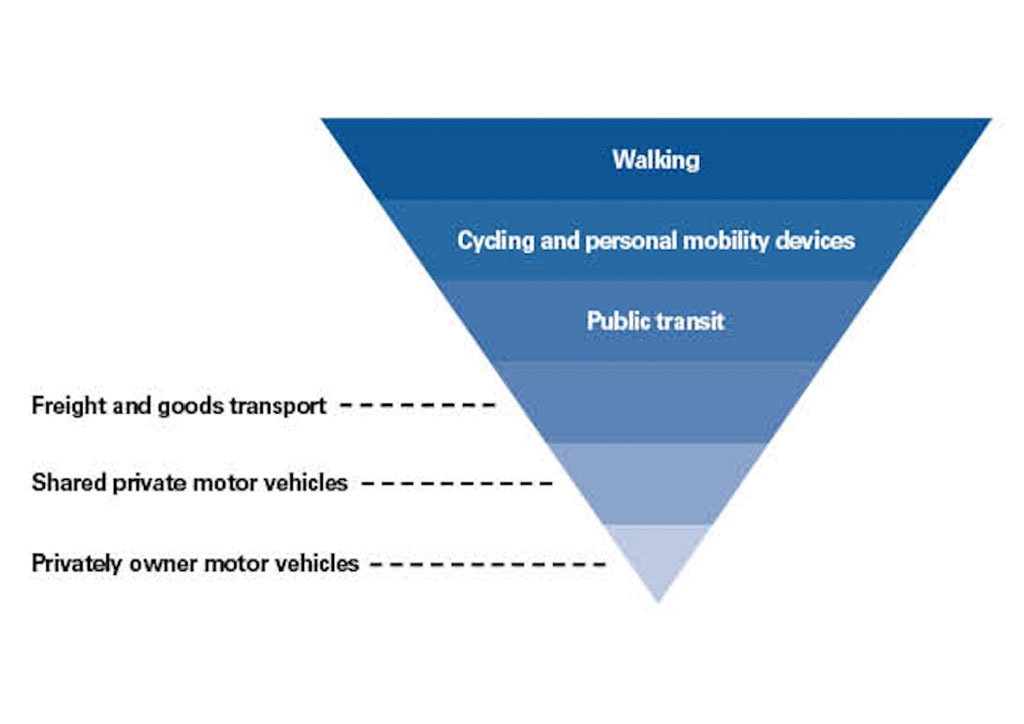
Shaping a comprehensive policy towards a better Metro Manila transport
Manila’s crushing traffic has become the stuff of legend. Compared to everything from the gates of hell to the barbarism of the ancient coliseums, congestion forces the everyday Manila citizen to struggle for his own place in the city. The absurd constant violence of Metro Manila’s transport has led our leaders to declare it dead over and over, telling us to run for the hills rather than face the prospect of fixing it.
Learning to believe in a better Manila is believing that things will get better—against all evidence of the contrary. Most importantly, a better Manila will not be the result of one magic project that comes like a rainbow after a great flood. A better future for Metro Manila can only be the result of different public and private actors, each motivated by a united vision of a better future, working in concert to save this city from itself. This is where a clear statement of policy is not only useful but necessary. For architects, elected officials, planners, and other professionals working on a better future for the city, it is important to set the values which will direct our work going forward. Here are some suggestions we can put in place today, for shaping policy towards the better Manila transport of tomorrow.

1| Declare safety and the protection of health the highest priority for all users.
Of the many values that a transport system can serve, the most important one should be safety and the protection of life above all other considerations. One would think that upholding the protection of life in transport should be an unspoken truth, but the numbers belie a sad reality.
Every year, seven million people die from air pollution, one in eight of total global deaths, according to Clean Air Asia. The World Health Organization estimates that more than thirty people in the Philippines die every day from road crashes. Children and young people are especially vulnerable. Respiratory damage in developmental years may burden children for life, and road crashes are the world’s leading killer of people aged 15 to 29. Furthermore, the looming threat of climate change represents the ultimate deferred payment—and when that bill comes due, it will be our children forced to collect from a ruined planet.
READ MORE: Can we really design discipline into our “nakamamatay” streets?
Thankfully, good models exist for reversing these trends. Many countries already produce streets that are safe by design and are accessible to all road users. Cities around the world have committed to supporting electric vehicles, especially in public transport. No complex thinking is needed in the Philippines—we can just copy what works. We only need the political will to hold human life as the most sacred priority.
Protecting human life—by recognizing the importance of road safety and environmental protection—should be an unquestioned first priority for all transport systems. The cost of ignoring these concerns should be recognized for the heavy toll that it is, and our leaders must be wary of any projects or decisions that gloss over the paramount sanctity of life.

2| Establish a hierarchy or priority for transport modes, from most sustainable to least sustainable.
Looking out on the chaos of Metro Manila’s transport, it almost seems like it is the result of a haphazard, uncoordinated process lacking in direction. In truth, transport policy in the Philippines is oriented around facilitating automobile traffic at the expense of cost and discomfort of all other modes. Transit users are seen as a nuisance, and government shunts transit vehicles out of sight where thet cannot interrupt the sacred flow of traffic. In contrast, enlightened transport policy in Manila would promote the most environmentally sustainable modes—walking, cycling, and transit—by giving them priority in city budgets and on city streets.
Sustainable transport modes, such as walking, cycling, and transit, synergize with each other. When a city makes an improvement to one sustainable transport mode the quality of the others tends to improve. For instance, a better sidewalk makes it easier for people to reach their destinations to and from transit, and in turn, when transit becomes more frequent and comfortable, people are willing to walk further distances to reach it. But when a city moves in the direction of favoring car travel, the quality of all sustainable transport modes tends to deteriorate. Sustainable transit, when supported in all forms, can trigger virtuous and self-reinforcing cycles of health, decongestion, and happiness.
READ MORE: What does inclusive street design look like?
Walking, cycling and transit are not only safer for road users and less taxing on the environment, but they are also the most affordable projects to implement and the ones which deliver the highest economic and social returns. This is borne out in science to the point of becoming uncontroversial—again, we only need to have the will to recognize the mountain of evidence in front of us and realize what it means for the values we have decided upon.
3| Integrate Transport Planning with Housing and Land Use Planning in a flexible, iterative planning framework
Transport planning and land use planning work best when they work together in an evolving, iterative process. The hypotheses of initial assumptions may prove false, and people may interact with their city in ways planners fail to predict. Planning frameworks need to stay dynamic to adapt to changing conditions. The greatest tragedies in planning happen when transport and land use planning fail to coordinate—evidenced by failed housing projects with no transit access, or transport projects that are wildly above or below-capacity when opened for operation. The two processes must communicate and learn from each other to deliver the best outcomes to the public.

Finally, both Transport and Land Use Planners must respond to highly disruptive technology trends—many could come sooner than we think. Depending on whom you ask, autonomous or driverless vehicles may be widespread as soon as five years from now. The cost of running public transport or hiring a taxi will drop drastically without human drivers. Shared mobility fleets—such those run by Transport Network Companies like Grab, Uber, and Lyft—have given people options besides owning cars. Electric vehicles—both cars and smaller personal mobility devices, like e-bikes or electric kick scooters—are becoming increasingly common in a world with higher fuel prices and more conscious consumers. All these trends will necessitate evaluations in policy on parking, infrastructure, and the use of public space.
When it comes to transport policy, there is so much that is unknown—even the most sophisticated professional modeling software can only come up with educated guesses. But even today we can decide where we want to go. The strong character of a comprehensive policy statement is what we need to reach a better future for Metro Manila.![]()
READ MORE: The politics and problems of placemaking in the Philippines
Photographed by Lawrence Carlos


